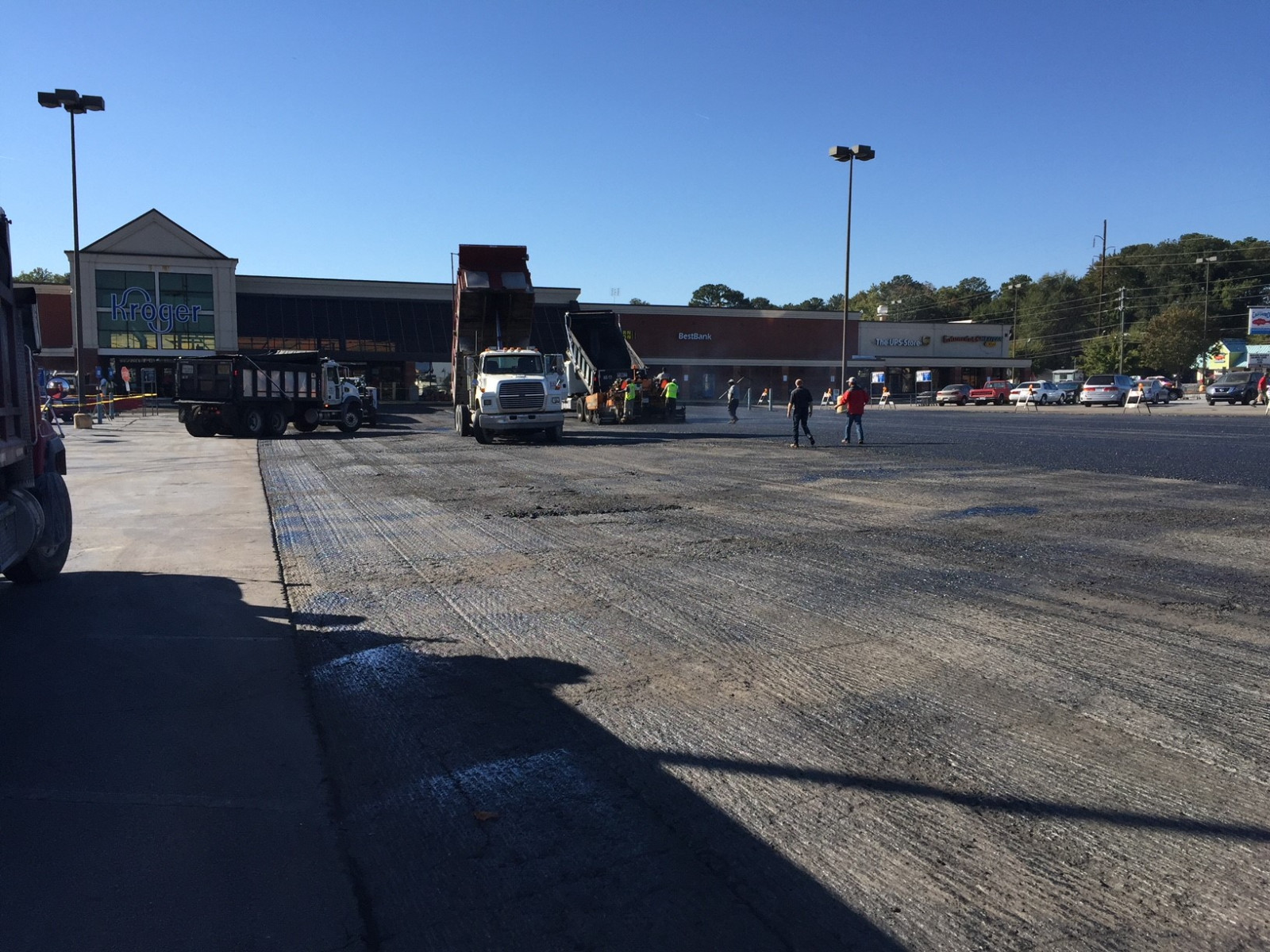 Asphalt is an extremely popular choice for pavements of all types. No other paving material exceeds asphalt’s combination of aesthetic appeal, economical cost, safety, versatility, and durability. However, like all paving materials, asphalt repair is necessity. A pavement management plan that includes professionally administered maintenance services can add many years to the life of asphalt pavement. Even with proper maintenance, however, virtually all asphalt pavements will require an occasional repair to mend the damage caused by time, traffic, and nature.
Asphalt is an extremely popular choice for pavements of all types. No other paving material exceeds asphalt’s combination of aesthetic appeal, economical cost, safety, versatility, and durability. However, like all paving materials, asphalt repair is necessity. A pavement management plan that includes professionally administered maintenance services can add many years to the life of asphalt pavement. Even with proper maintenance, however, virtually all asphalt pavements will require an occasional repair to mend the damage caused by time, traffic, and nature.
Asphalt Repair Atlanta
Necessary repairs should be performed as quickly as possible. For one thing, the smaller the repair is, the less it will cost to fix. Prompt action also helps protect the health of the entire pavement. Neglected cracks will continue to expand, allowing water to reach and erode the foundation that supports the pavement. Potholes will develop and worsen, more damage is done to the foundation, and alligator/fatigue cracking can quickly spread over large areas of the pavement. Instead of a life of 20 or 30 years, the pavement could be damaged beyond repair in less than eight years and require a complete reconstruction. Fortunately, experienced asphalt contractors know a variety of patching methods to repair damaged pavement quickly and economically.
Removal and Replacement
This method is the longest-lasting type of patch and is typically considered a permanent repair. A rectangle or square of the pavement containing the damaged area will be sawed out and removed to allow access to the subbase. If the subbase is insufficient, the issue will be rectified before proceeding. After the integrity of the subbase has been ensured through either testing or a repair, hot mix asphalt will be installed in the void and tied into flush and sealed off with the surrounding pavement. The new asphalt will be compacted as necessary. This method is sometimes called a full-depth patch.

Surface Patching
Occasionally, there are factors such as weather or budget amongst a few that make it difficult or impossible to perform a full-depth patch. Since it is critical to keep water from entering through an open pothole or mitigate a liability, some property owners may choose a temporary repair to prevent additional damage until a permanent repair can be made. A surface or skin patch is a popular temporary repair method for potholes. This method uses hot mix asphalt, but the new asphalt is applied directly to the pavement without removing the damaged area first. Although relatively inexpensive, a surface patch will not have a very long life. A suburban homeowner might get 18 months out of a surface patch on a driveway, but the patch will probably not last more than three months or so on a busy parking lot or city street.

Partial Patch
A partial patch combines elements of the two methods described above. Partial patching is usually reserved for pavement, having issues that do not extend below the surface layer. A milling machine is typically used to remove the damaged layer of asphalt, then new asphalt is installed and compacted, and the edges are sealed.

Other Methods
In an emergency, other methods such as cold patching or filling a pothole with hot mix asphalt rather than saw cutting and removing the problem can be used to make a temporary repair that will keep water from entering an open pothole as well mitigate a liability. However, the life expectancies of these methods usually range from a few weeks to a couple of months. As a result, it’s imperative to budget for a permanent repair in the near future. For more information, call 770-250-6392 or info@thesurfacemasters.com.















